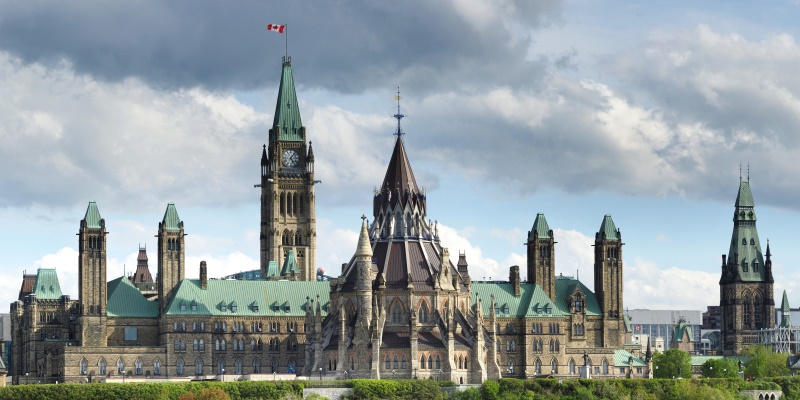Both Trudeau and Harper increased size of federal government

As the fall federal election approaches, political commentators bombard Canadians with sometimes misleading rhetoric. Such rhetoric undermines the public’s understanding of good policy, and on one key issue, creates confusion around the size and role of Canada’s federal government in recent history. Canadians need facts, not fiction, to make well-informed decisions.
Appropriate size of government is critical, as it shares a close relationship with economic growth. Two measures can properly determine the size of the federal government—spending (as a share of the economy) or per person spending (adjusted for inflation).
Immediately after taking office, Prime Minister Trudeau increased program spending—specifically, as a share of the economy, federal program spending increased from 13 per cent in 2014 to 13.9 per cent in 2015. At the end of this government’s term in 2019-20, this year’s federal budget projects program expenses will reach 14.3 per cent of GDP. Put differently, the share of government spending has increased (relative to economic growth) since the last federal election.
Similarly, per person spending (inflation adjusted) immediately jumped from $7,740 in 2014 to $8,282 by the end of 2015. In 2018, per person program spending (inflation adjusted) reached $8,869, the highest point in Canadian history including the Great Depression, the 2009 recession and both World Wars.
Clearly, under the Trudeau government, the size of the federal government has increased. Yet the size of government cannot be branded by political party.
Prime Minister Harper also increased the size of the government. According to data from the federal Department of Finance, the Harper Conservatives increased per person spending (inflation adjusted) from $6,992 in 2005 to $7,740 in 2014—an increase of 10.7 per cent.
Prior to Harper taking office in 2006, federal government spending as a share of the economy was 12.5 per cent. By the end of his tenure, Prime Minister Harper had increased spending (as a share of GDP) to 13.0 per cent. No matter how you slice it, the Harper Tories increased the size of the federal government.
The expansion of government under both Harper and Trudeau stands in stark contrast to the reform period led by a former Liberal prime minister Jean Chretien. By the end of his tenure, Prime Minster Chretien had reduced the size of government (as a share of GDP) from 17.1 per cent in 1992-93 to 12.5 per cent in 2003. Moreover, in 1999-00 and 2000-01, federal program spending as a share of the economy was reduced to 11.8 per cent—a level not seen in decades.
Per person spending tells a similar story. Before Chretien took office in 1993, per-person program spending was $6,995. At its lowest point, Prime Minister Chretien reduced this number to $5,806. Although per-person spending inched up to $6,670 near the end of his tenure, the amount was still lower compared to when he took office.
Some political commentators may suggest a Liberal government means more spending and larger government, but that’s not necessarily the case. Prime Minister Chretien reduced the size of government during his time in office.
As Canadians prepare to vote, it’s crucial to remember both the importance of sound fiscal policies—balanced budgets, smart and prioritized government spending, and competitive taxes—and the history of previous governments. The resounding economic success of the Chretien government can serve as an ideal model for future governments, regardless of the party.
Authors:
Subscribe to the Fraser Institute
Get the latest news from the Fraser Institute on the latest research studies, news and events.



